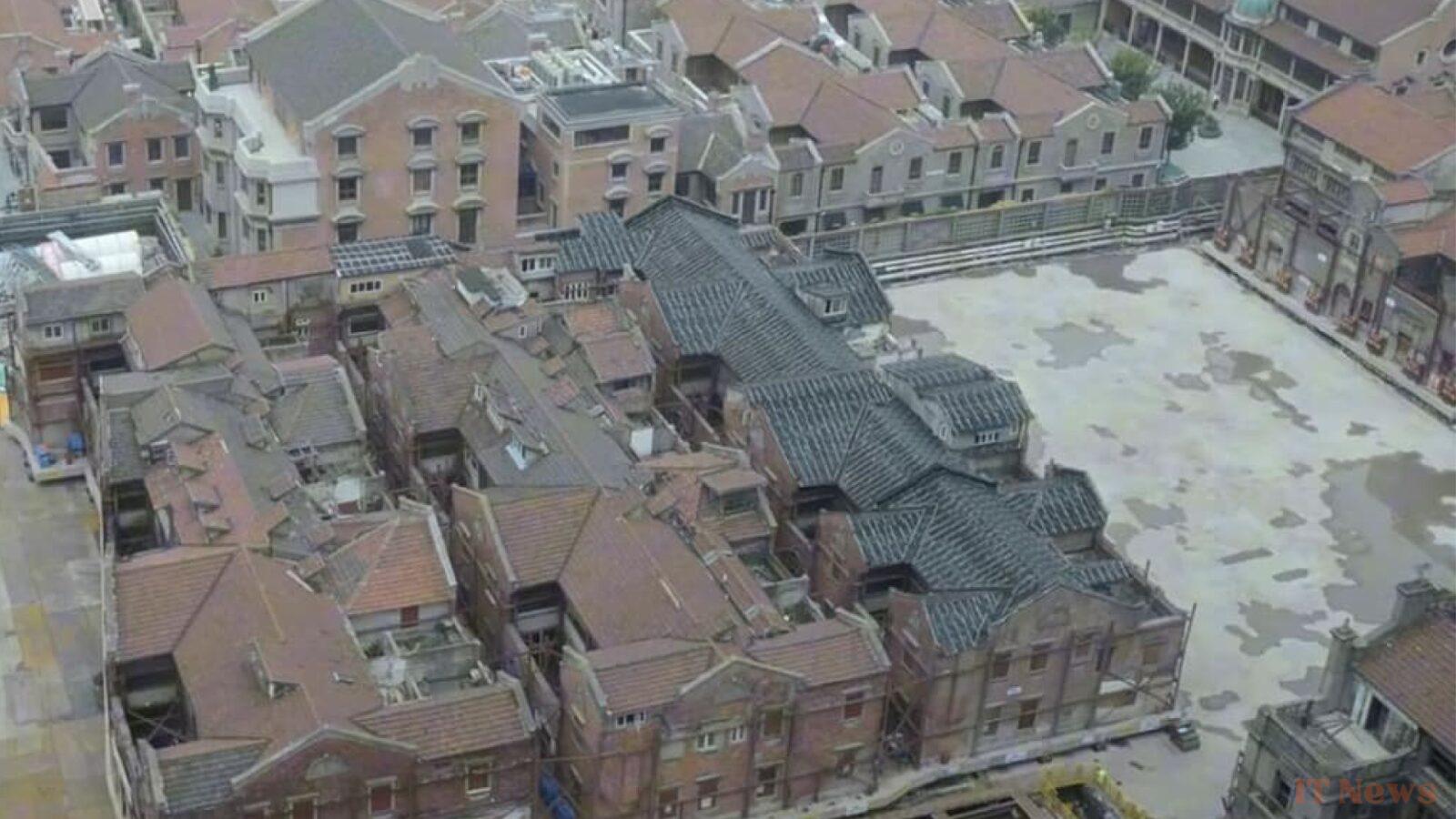Since May 19, the Huayanli complex, located in the Zhangyuan district of Shanghai, has been advancing at a rate of approximately 10 meters per day! This unusual operation aims to preserve three shikumen-style buildings—a typically Shanghainese architecture blending Chinese and Western influences—while a vast underground space is constructed beneath their foundations.
A meticulously planned construction site in a historic maze
At 4,030 m² and weighing some 7,500 tons, this group of century-old buildings would have been impossible to move without damage using conventional methods. The neighborhood's urban density, narrow streets, and fragile structures required a novel solution: an army of robots.
"This project has attracted a lot of attention due to the very close arrangement of the historic structures, including the Zhangyuan Great Hall, a 1928 building that served as a night school in the 1940s," explains a statement from local authorities. Space constraints made any conventional attempts at reinforcement or excavation impractical.
The relocation of the complex relies on 432 small robots capable of lifting the buildings and making them "walk" slowly. These machines advance together, at a very slow pace, while keeping the structure intact. It is, according to the authorities, the largest relocation project of its kind in China, in terms of mass and complexity.
But the move is only the first step. At the same time, miniature drilling robots are being used to lay the foundations beneath the old buildings, squeezing through passages sometimes less than 1.20 meters wide. They dig with precision in Zhangyuan's cramped environment.
To anticipate the slightest risk of collision or instability, the engineers used BIM (Building Information Modeling) and 3D scanning. The result: highly detailed plans of the site were generated using AI, allowing for ultra-precise planning of the work.
The soil is then removed by conveyor belts and freight elevators, in a system inspired by the industrial production line. "We designed several curved transportation routes for earth removal, incorporating an assembly-line system to minimize disruption while maintaining a steady pace," explains Zhang Yi, general manager of urban renovation company Shanghai Construction. The ultimate goal is to return the Huayanli buildings to their original location once the work is completed. The basement will then house more than 53,000 m² of cultural and commercial galleries, a parking lot with more than 100 spaces, and an interchange hub for several metro lines.



0 Comments